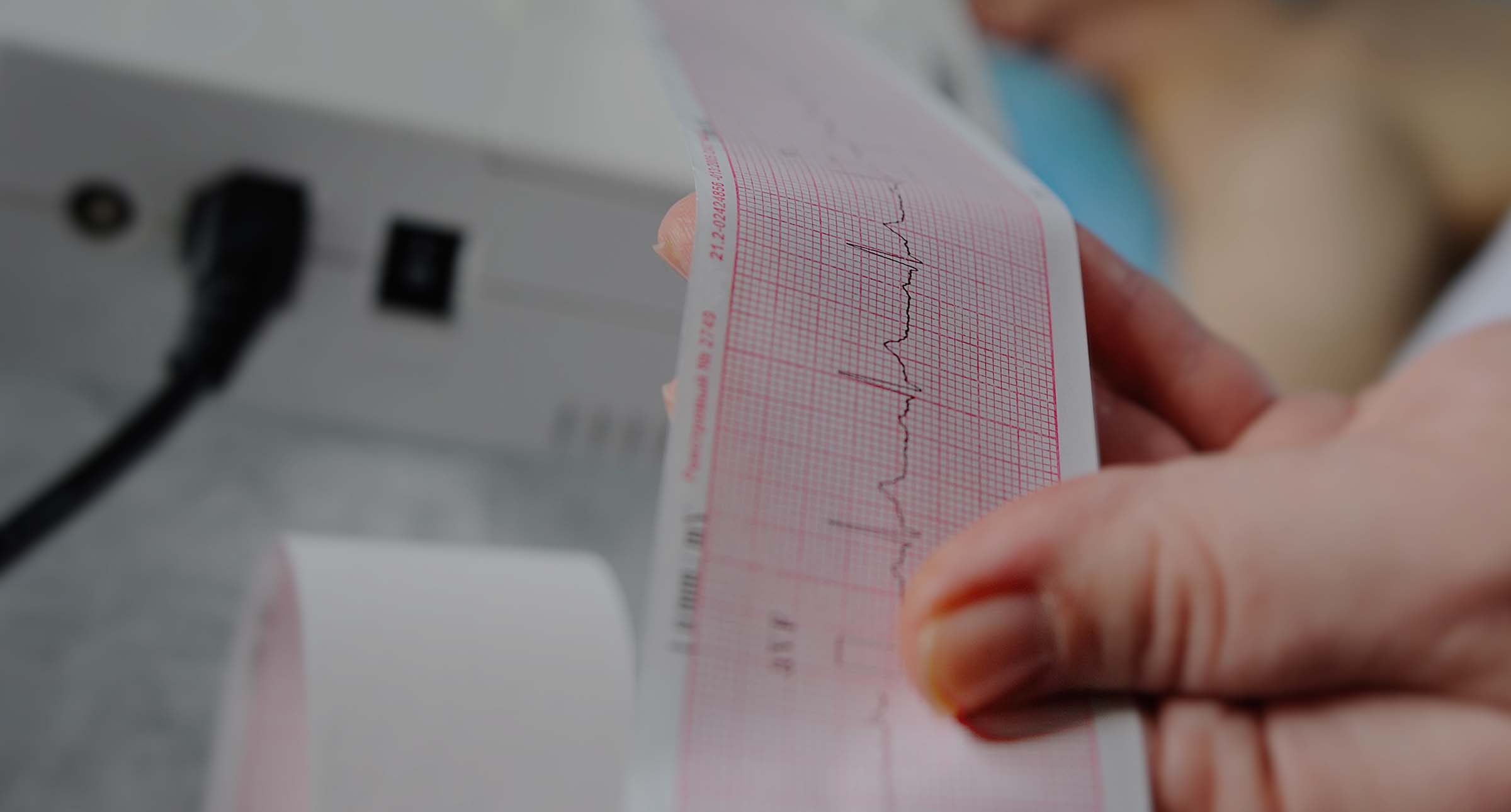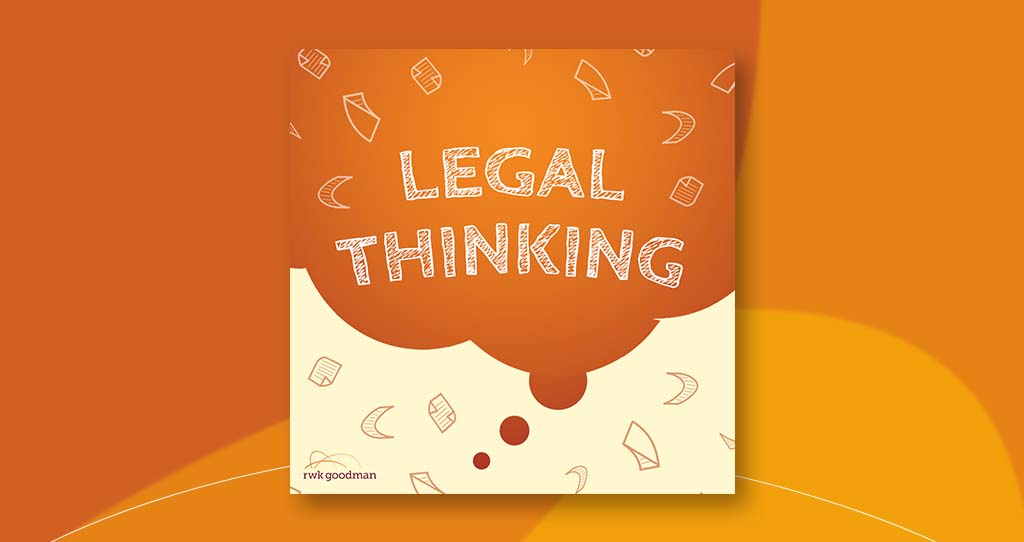What you need to know before making a cardiac claim

As a UK Top 100 law firm specialising in medical negligence and cardiac claims, we realise the importance of sharing our knowledge to help people make better informed decisions.
To continue to support individuals thinking about pursuing a claim, below are the answers to the questions our cardiac claim specialists are frequently asked.
1. What are the most common types of cardiac claim?
- Delayed diagnosis and treatment of high blood pressure by your GP (hypertension resulting in a heart attack and/or heart failure).
- Ambulance service delays.
- Delayed diagnosis.
- Failure to diagnose congenital cardiac conditions.
- Failure to treat aortic stenosis promptly.
- Surgical errors.
2. When is cardiac treatment considered negligent?
To succeed in a claim for cardiac negligence, you must first prove that the practitioner that treated you provided care that was so poor it was negligent. Secondly, you need to show that this care caused an injury that would otherwise have been avoided (known as ‘causation’). You need to be able to satisfy both tests (the second one can be more difficult to prove) to make a successful claim. As ever in clinical negligence, the burden of proof rests with you, the claimant.
3. How do I pursue a claim for cardiac negligence?
If you think you might have a claim for cardiac negligence, please contact us to discuss further. If we think your prospects of success are good, we will offer to act for you under a Conditional Fee Agreement (also known as ‘No-Win No-Fee’).
4. What does a Conditional Fee Agreement mean?
Also known as a ‘No-Win No Fee’ agreement, a Conditional Fee Agreement (CFA) means you will not be responsible for paying any upfront fees. Only if you are successful in your claim, will we deduct sums from your compensation.
This will be discussed with you further during the enquiry stage, but we guarantee that you will receive a minimum of 75% of compensation, and we will never deduct more than 25% from your damages.
5. Do I need to take out insurance to make a cardiac claim?
You might have existing insurance (e.g. home insurance) which covers you for a claim for medical negligence, so it’s always worth checking this first. We will make enquiries on your behalf if you think you do have cover, and if you do, we will pursue your claim under the terms of that policy. This type of insurance is known as ‘Before the Event’ (BTE) insurance.
Most people don’t have BTE cover and so we will advise to take out an ‘After the Event’ (ATE) insurance policy (which we will obtain on your behalf). This policy will cover the costs of any expenses incurred in your claim for example, instructing medical experts to prepare reports. You are not required to pay any up-front costs for this policy and if you are unsuccessful in your claim, your policy will simply be cancelled. If you are successful in your claim, an insurance premium will be deducted from your compensation. More details will be provided during the enquiry stage.
Again, we will never deduct any more than 25% from your compensation, and the 25% includes the recoverable insurance premium.
6. Are there any time limits to pursue a cardiac claim?
The general rule is that you must issue court proceedings (essentially lodge a claim form in court) within three years from the date of the alleged negligent treatment. This is known as “limitation”.
In some cases, you can rely on your ‘date of knowledge’ if you could not reasonably have been aware of potentially negligent treatment until a later date. For example, if there was a delayed diagnosis of high blood pressure, then it is likely that the point that the correct diagnosis was made would be the trigger point for the commencement of the limitation period. Thus, if the GP should have diagnosed high blood pressure in 2022, but you only found this out in 2024, then it is likely that the latter date would be treated as your date of knowledge.
It is always a good idea to seek advice as soon as possible after you discover you have received potentially negligent care. Once the limitation period expires, your claim will be statute barred and can only be pursued if the court so permits, which is unlikely.
7. What can I claim for?
This will be discussed in more detail if we are able to assist you but you can claim for your pain, suffering and loss of amenity (PSLA), any past losses incurred as a direct result of the alleged negligent treatment for example, travel expenses, loss of earnings etc. and future losses – for example, treatment you will now need in the future and any continuing loss of earnings.
The aim of a claim is to put you back in the position you would have been in had the negligent treatment not occurred. Since most claimants tend to have been ill (that is why they sought treatment), this can be quite an involved process.
8. How long does it take to settle a clinical negligence claim?
It is important to know that on average, clinical negligence claims can take at least three-four years to settle. The process can be a lengthy one, especially if the Defendant has denied liability.
If court proceedings are issued and your claim is then managed under a court timetable, we will have various deadlines to meet. For example, a deadline to exchange witness statements, a deadline to exchange expert evidence, etc. A trial will be listed but this will likely be one-two years after issuing court proceedings. During this time, the aim is to narrow the issues with the Defendant and try and settle your claim.
Prior to issuing proceedings, as an estimate, please note the following:
- Obtaining your records can take three-five months.
- Getting your records sorted and paginated can take up to three months.
- Instructing a medical expert and obtaining their report can take two-three months each.
- If supportive expert evidence can be obtained, it is usually a good idea to have a conference with a suitably specialised barrister to review everything in the round, and/or to initiate the Pre-Action Protocol for the Resolution of Clinical Disputes. This involves sending a detailed letter to the Defendant(s) (known as a ‘Letter of Claim’) setting out the history of events, your allegations of negligence, and some idea as to what avoidable harm arose; Sometimes, we might instruct a barrister only after receiving a response from the Defendant to your Letter of Claim (known as a ‘Letter of Response’). This allows the barrister to gain a better understanding of the strengths and weaknesses in your claim.
- After sending a Letter of Claim to the Defendant (once receiving supportive expert evidence only), the Defendant has four months to send a Letter of Response. They may (and frequently do) ask for an extension of time. Therefore, the process prior to issuing court proceedings can take 12 months plus if not longer depending on various delays by other parties.
If you or a loved one has been injured as a result of negligent cardiac care, contact our enquiries team today to find out whether you have a claim for compensation.
Call now
Our related services & support.
Legal insight from our medical negligence experts.
View more articles related to Cardiac negligence







